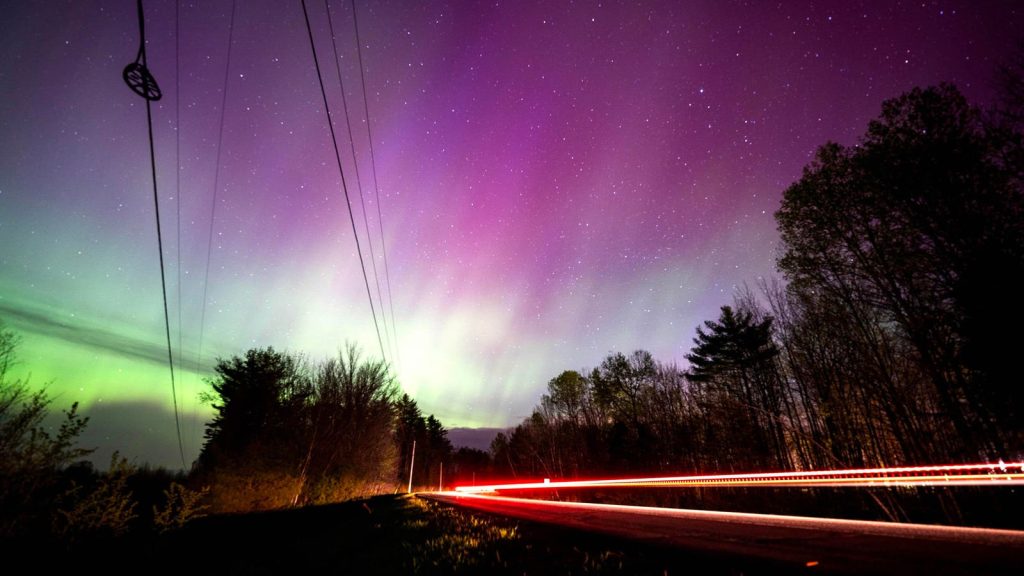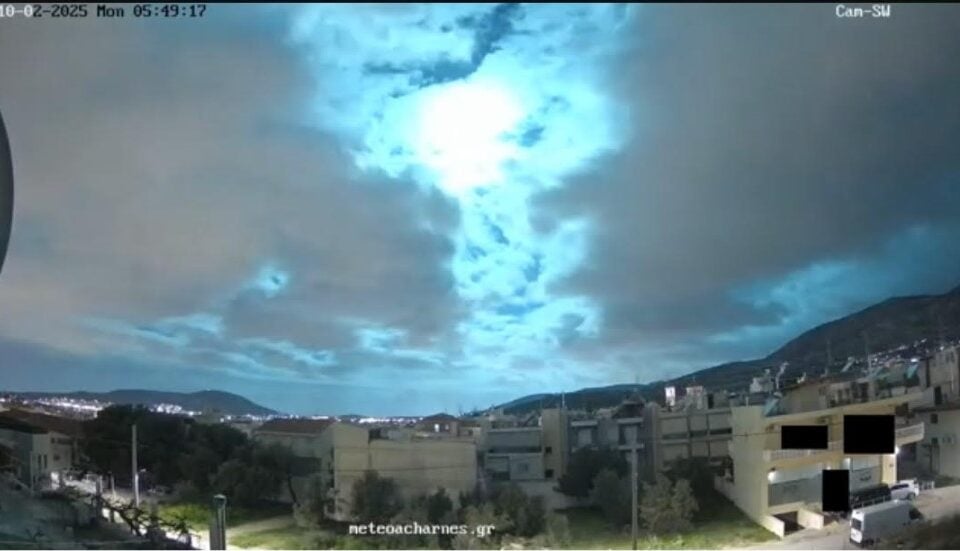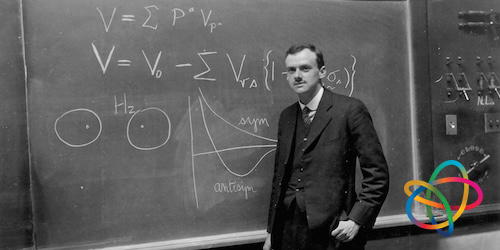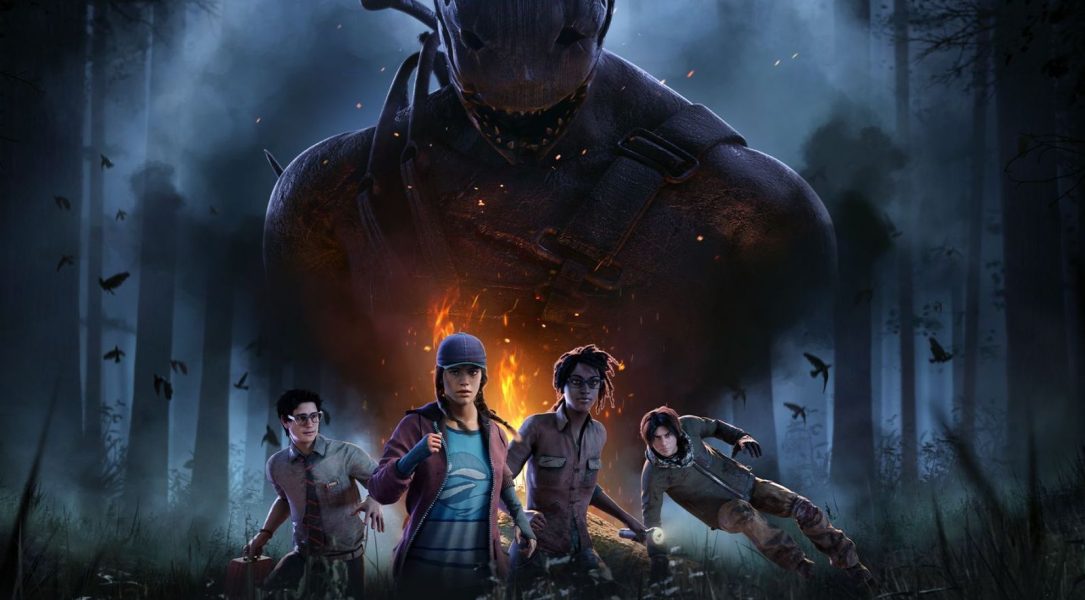Northern Lights Forecast: These States Could See Aurora Borealis Tonight – Forbes

Americans in more than a dozen northern U.S. states may be able to catch a glimpse of the northern lights Sunday evening, as the National Oceanic and Atmospheric Administration projects the aurora borealis will be brighter than usual.A car drives west on Mercer Road as the northern lights in Mercer, Maine on May 10, 2024.NOAA projected Sunday’s northern lights will have a Kp index of five—on a scale of nine—which means the aurora borealis moves further away from the poles and will “become brighter” and have more “activity” than usual, according to the agency.For those in the areas where it can be viewed, the northern lights “can be quite pleasing to look at” when the index is anywhere between three and five, according to NOAA.Conditions for Monday’s northern lights are expected to be favorable as well, with a Kp index of four, NOAA projects.The northern lights will be most visible in Alaska on Sunday, according to NOAA (see map below), though northern areas of Idaho, Minnesota, Montana, North Dakota, Washington and Wisconsin also have a higher likelihood of seeing the aurora borealis. Parts of Iowa, Maine, Michigan, New Hampshire, New York, South Dakota, Vermont and Wyoming are also in the viewline for where the northern lights may be visible under the right conditions, though there’s a lower likelihood of seeing them.Sunday’s forecast for the northern lights.The best time for seeing the northern lights is between 10 p.m. and 2 a.m., according to NOAA. The agency suggests people hoping to see the lights should try to find a spot pointing north that’s away from city light pollution and is ideally at a higher altitude, such as on top of a hill.Those wanting to take good photos of the northern lights should use a tripod to stabilize the camera and take photos using a wide-angle lens, according to photography experts cited by National Geographic, who also recommend using lenses that are more ideal for lower light conditions, with an aperture or F-stop of four or less. For those using an iPhone or other smartphone camera, National Geographic also suggests using a tripod to make sure the phone remains stable, along with turning off flash and using night mode if possible.The northern lights have been more visible than usual in recent months, as NASA reported last year that aurora borealis activity had reached a 500-year peak. The lights were visible more often than in recent centuries due to a “solar maximum” in the sun’s 11-year cycle, which means there are more events like solar flares that lead to the lights being easier to see. That heightened activity is expected to continue through 2025 and into 2026, NASA projected.One Community. Many Voices. Create a free account to share your thoughts. Our community is about connecting people through open and thoughtful conversations. We want our readers to share their views and exchange ideas and facts in a safe space.In order to do so, please follow the posting rules in our site’s Terms of Service. We’ve summarized some of those key rules below. Simply put, keep it civil.Your post will be rejected if we notice that it seems to contain:User accounts will be blocked if we notice or believe that users are engaged in:So, how can you be a power user?Thanks for reading our community guidelines. Please read the full list of posting rules found in our site’s Terms of Service.






